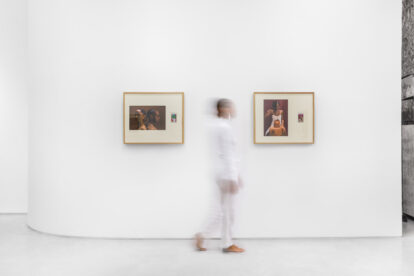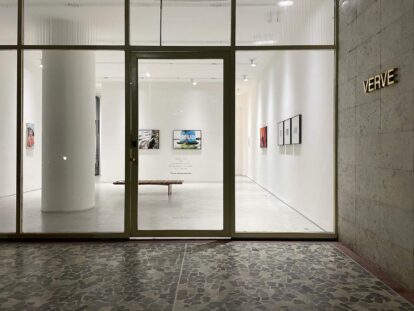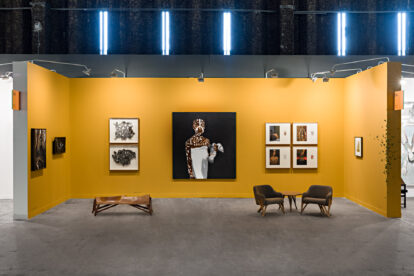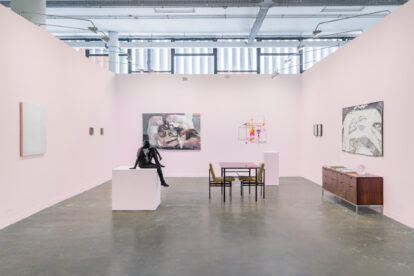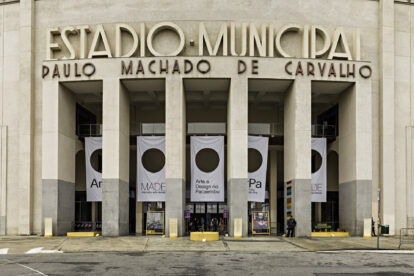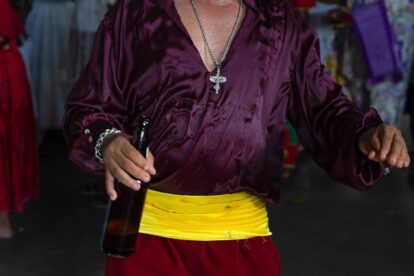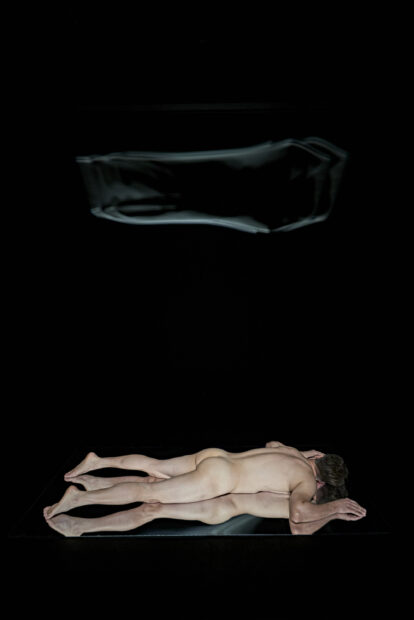Shai Andrade (Salvador, BA, 1992) creates her narrative in art through photography, video and experiments with archives. Taking the excavation of affective memory as a starting point for her research, she creates ritual images that permeate the body, gender, race and Afro-Brazilian religiosity. She is a graduate student of the Interdisciplinary Bachelor of Arts with a concentration in Cinema and Audiovisual, at UFBA. She is currently represented by Galeria Verve and 0101 Art Platform.
In recent years, she has been part of group exhibitions at the Valongo Festival Internacional da Imagem, Goethe Institut Salvador, Glasgow Art International, Galeria Verve and Centro Cultural Brasil-México, where she also taught the Photography and Memory workshop through the Flotar curation platform, in addition to trade art fairs in the Rio de Janeiro – São Paulo axis. In 2020, she was part of one of the projects covered by National Geographic’s Emergency Fund for photojournalists, running the SOLO project – Solo Mothers Living the Pandemic in Brazil, alongside six other Brazilian photographers. In 2022, she was on the Jury of the DocF Prize, a national competition aimed exclusively at Family Documentary Photography. In cinema, working as a second camera assistant, in 2020 she photographed the short dance film Sobre Nós Dois Não Vai Saber de Tudo, directed by Carolina Miranda, and in 2021 she also photographed Egbe Orun, Àkaso Orun and Danhomey, video performances by artist Ana Beatriz Almeida.

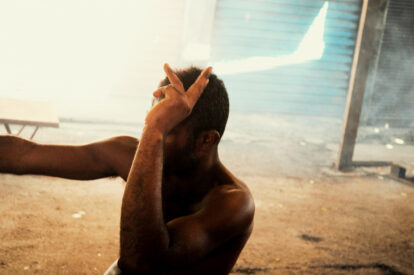
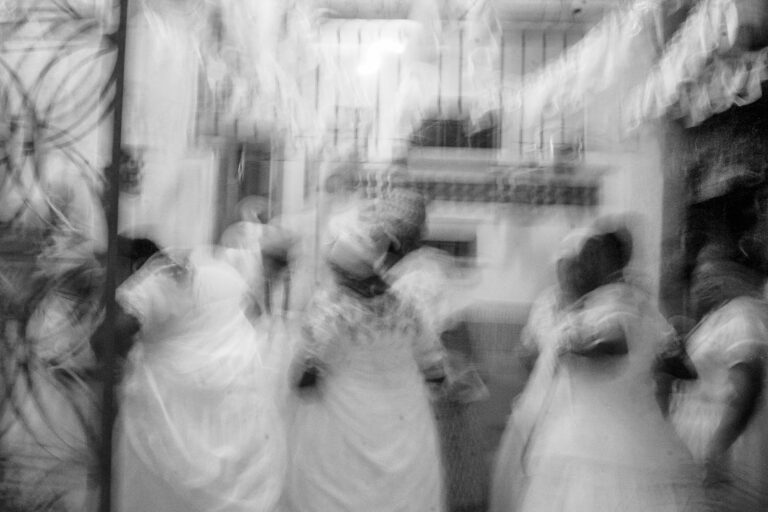
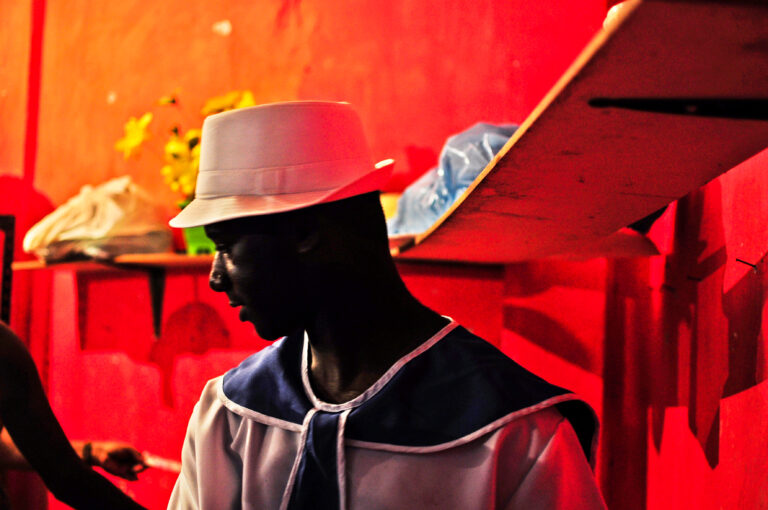
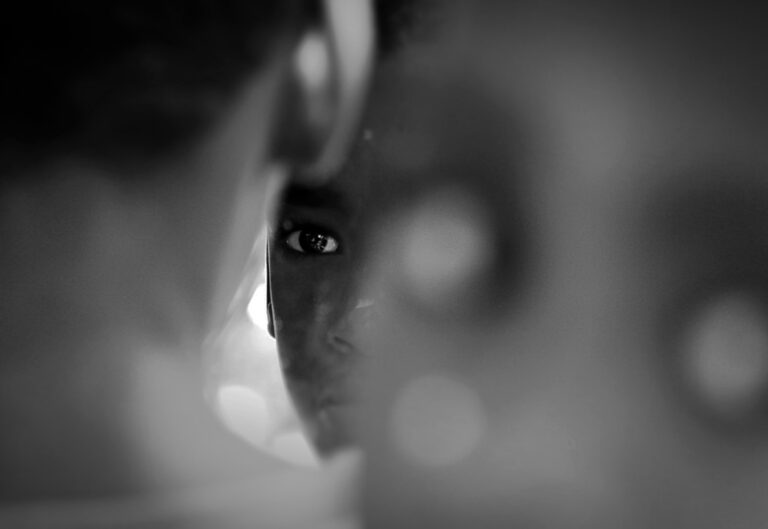
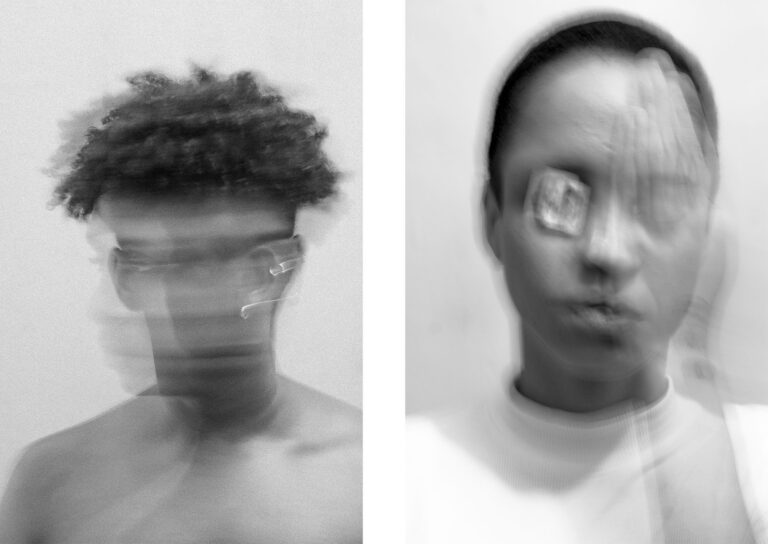
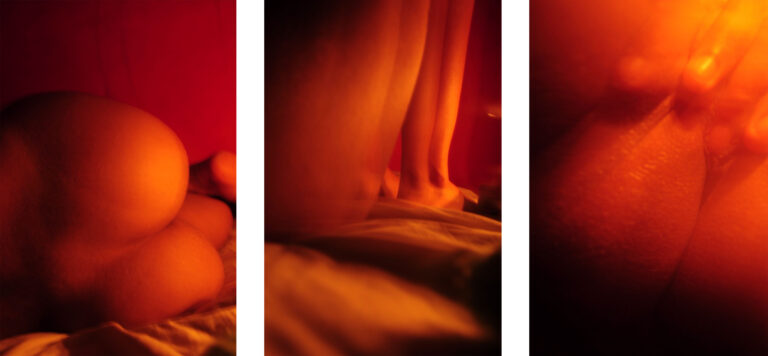

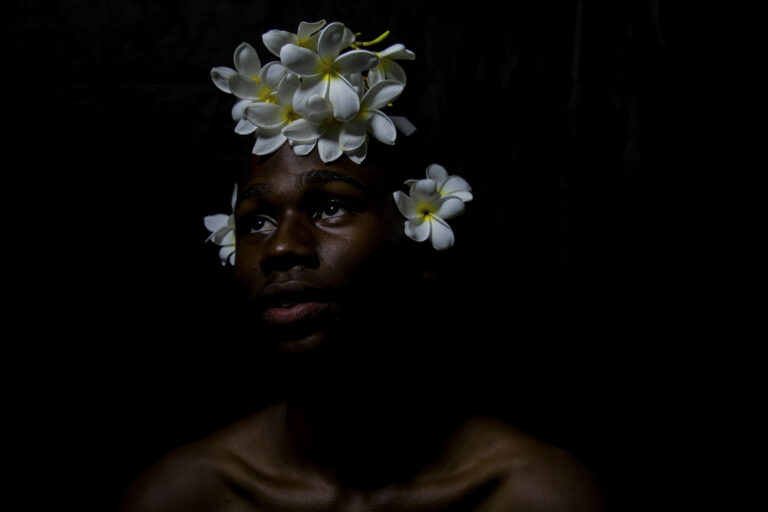
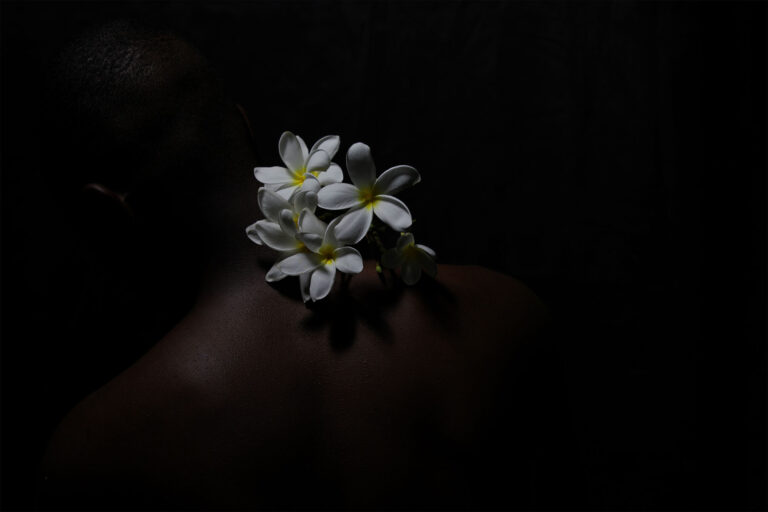
![Lucas Gonzaga (Vento chamando vento) [Lucas Gonzaga (Wind calling the wind)]](https://www.vervegaleria.com/wp-content/uploads/2022/06/sitetravessia-2015-2-768x512.jpg)
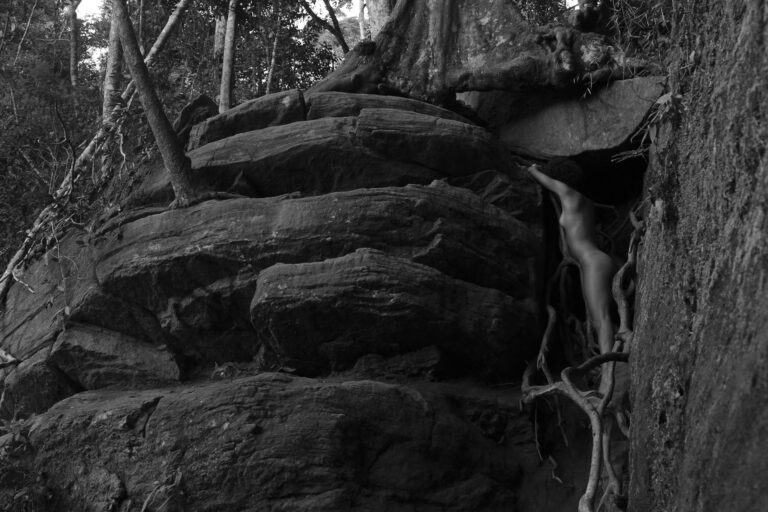
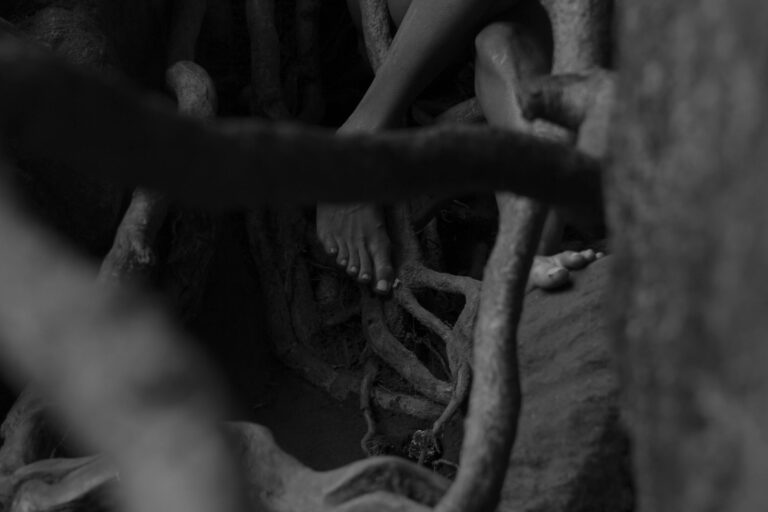
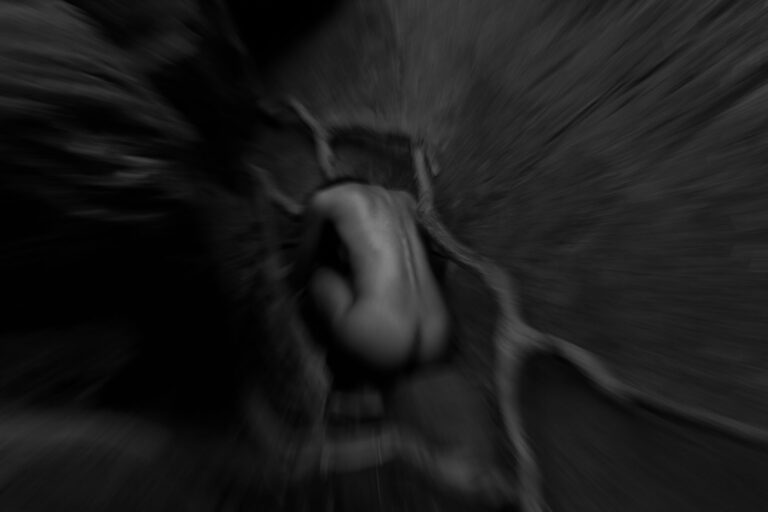
![Lucas Gonzaga (O corpo do mar) [Lucas Gonzaga (The body of the sea)]](https://www.vervegaleria.com/wp-content/uploads/2022/06/sitetravessia-2015-1-768x512.jpg)
